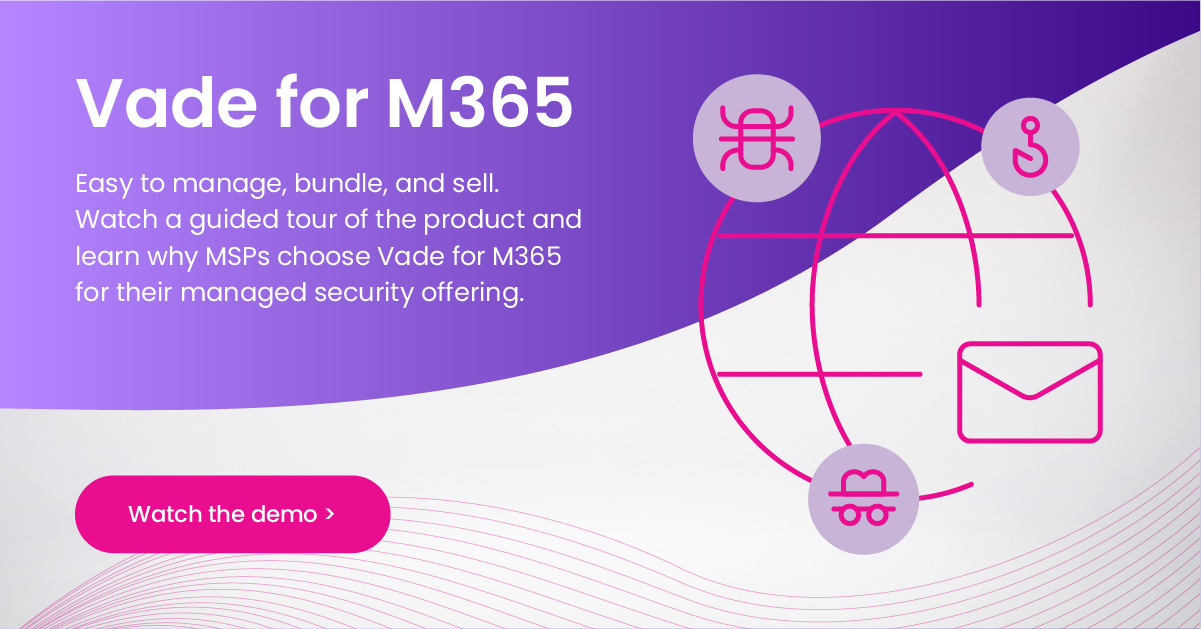Cybersecurity Software: Why Ease of Use Is Essential
Adrien Gendre
—November 18, 2021
—2 min read

A staple of today’s digital age is the rapid pace of change in almost every field, but even more so when it comes to technology. Our ability to connect businesses around the world and develop game-changing technological advancements has accelerated our ability to collaborate, communicate, and excel in our day-to-day lives.
But with rapid change to the systems we use every day comes a host of security concerns. The worrying part? Most businesses can’t keep up with the pace of technological innovation today, which makes proper adoption and implementation of cybersecurity software a hard goal to achieve.
It’s undeniable that cybersecurity is a complex problem to solve, and vendors are building complex solutions in response. However, effectively combatting cybersecurity threats is about more than just embracing robust solutions and tools. In fact, we believe the most important element of any given cybersecurity solution is its ease of use.
Let’s take a closer look at the importance of ensuring the vendor you partner with is offering cybersecurity solutions that make it easy to manage your defense against data breaches. We’ll then discuss what to look out for in a vendor when you’re evaluating their ability to deliver effective cybersecurity solutions for your organization.
Why is ease of use so important?
No matter how sophisticated and powerful a solution is, if it’s difficult to use, then it won’t be used effectively. In cybersecurity, this truism applies double. When an MSP finds it difficult to implement, deploy, and generally use their cybersecurity software, it limits the efficacy of the solutions being provided.
Now, misusing a food delivery app likely won’t cause any serious ramifications for a user, but if an MSP misuses a cybersecurity solution, it could open the door for serious financial losses.
A 2021 report from Secure Link and Ponemon revealed that 44 percent of organizations experienced a breach in the last 12 months, and 74 percent of those businesses blamed third-party access for the breaches. If you struggle to correctly implement a difficult-to-use solution, your clients could suffer significant financial losses.
But it's not just that a difficult-to-use solution is less likely to be implemented correctly—it can also cut into your margin by taking longer to set up and manage on an ongoing basis. Thus, any cybersecurity software that's easy to use will both better protect your clients and do better for your business. You'll save more money, experience less change management, and benefit from faster time-to-value.
Ease of use and your cybersecurity vendor
What features should you look for in a cybersecurity software solution to ensure it's easy to use from an MSP's perspective?
In order to ensure you're cybersecurity software is both effective and profitable, you'll want software that's:
- Integrable: Ideally, your vendor will be able to accommodate your existing IT infrastructure and implement cybersecurity solutions that build on your foundation and integrate with your other systems, including your SIEM, EDR, or XDR.
- Fast: This isn’t to say the implementation and learning process should be rushed, but you should be able to onboard your clients quickly in addition to educating your staff (or yourself) on how it works.
- Automated: With just a few clicks, you should be able to get an accurate sense of how your cybersecurity measures are holding up. Additionally, automated reports and insights should be sent your way that keep you from having to manually check in on things daily.
- Designed for client management: Your cybersecurity software should make it easy to manage cybersecurity for multiple clients in one place. You're there to help your clients with cybersecurity, so avoiding any friction or lost time due to admin issues enables you to focus on what matters most.
Evaluating ease of use with your chosen cybersecurity software solutions through these features will only help strengthen the other elements of your MSP tech stack.




